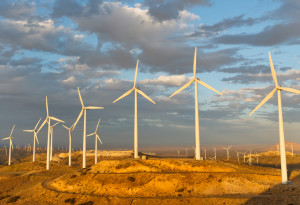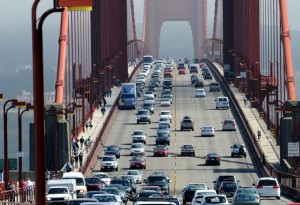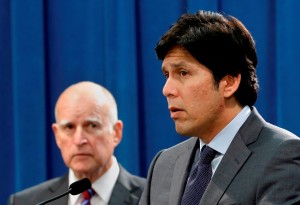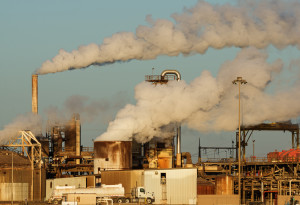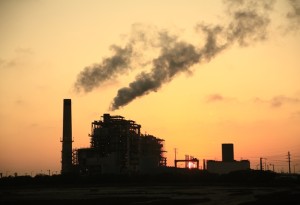Posts Tagged: carbon
Opinion
OPINION: We generally think it a big success when public policy successfully fixes a serious problem. Right now, smart California policies are effectively tackling three major issues at once: housing, traffic, and climate change. Anyone not living under a rock knows that California faces an unprecedented crisis in housing affordability.
Opinion
OPINION: Just as the state’s Renewable Portfolio Standard requires electric utilities to phase in a specific amount of clean energy in our electricity mix, the LCFS mandates that the oil industry phase in cleaner fuels to tackle the state’s biggest source of greenhouse gas emissions: the fuel that runs our cars, trucks, and buses.
Analysis
Weeks after returning from the Paris summit on climate change where he was hailed as a leader in the movement to limit greenhouse gases, Gov. Jerry Brown has proposed a new transportation budget that celebrates the car. In 2016-17, Brown wants to spend $16 billion on transportation, and most of that would go toward making it easier for people to drive. The Democratic governor wants to build new roads and highways and repave old ones, and use more technology to speed traffic.
Opinion
We are cutting per-capita carbon pollution dramatically while growing our state’s economy. Now, for every dollar of goods and services we produce, we emit less carbon pollution than any other major economy except for nuclear-powered France. Contrary to fear-mongering by some politicians, California has cut emissions by 25 percent while growing our economy by 37 percent over two decades.
Opinion
OPINION: The oil company partisans and their legislative allies apparently failed to read past the first five pages of the bill. Buried in the back pages of SB 350 is a full codification of the 2030 and 2050 climate targets that the industry thought it defeated, along with a powerful new set of directives to state energy agencies to meet those targets.
News
To the surprise of few in the Capitol, the heart of landmark legislation to cut California’s gasoline use in half was gutted under fierce pressure from the oil industry – leaving a weakened bill and an angry Gov. Brown. An impassioned Brown said Wednesday he would push for new ways to cut climate-changing greenhouse gases during the remaining three years of his governorship, either through legislation, executive orders — or both.
News
California’s greenhouse gases declined even as the state’s economy expanded, according to state and federal agencies tracking the numbers. State air-quality regulators reported that carbon emissions fell by 1.5 million metric tons in 2013, while the economy experienced 2 percent growth, greater than the national average.
Opinion
Last week’s executive order on climate change from Gov. Jerry Brown offers a valuable opportunity to reflect on what Pacific Coast climate leadership is helping us achieve. As someone whose career has spanned both economic and environmental interests, I have a unique vantage point on why reducing carbon emissions is a win-win for both business and the environment.
News
Nearly a decade after California’s landmark law curbing greenhouse gases was signed, a key author of AB 32 wants to dramatically boost the crackdown on climate-changing carbon emissions over the next 35 years.
Opinion
OPINION: When the Greek philosopher Aristotle presented fellow scholars with empirical evidence and scientific proof that the world was round—not flat—around 330 BC, he was called a lunatic and a charlatan. More than two millennia later, Sacramento has its own version of the Flat Earth Society — the California Air Resources Board (ARB). Only this time, the debate isn’t over the shape of the Earth; it’s over an obscure regulatory concept known as Indirect Land Use Change (ILUC), a component of the state’s Low Carbon Fuels Standard (LCFS).




